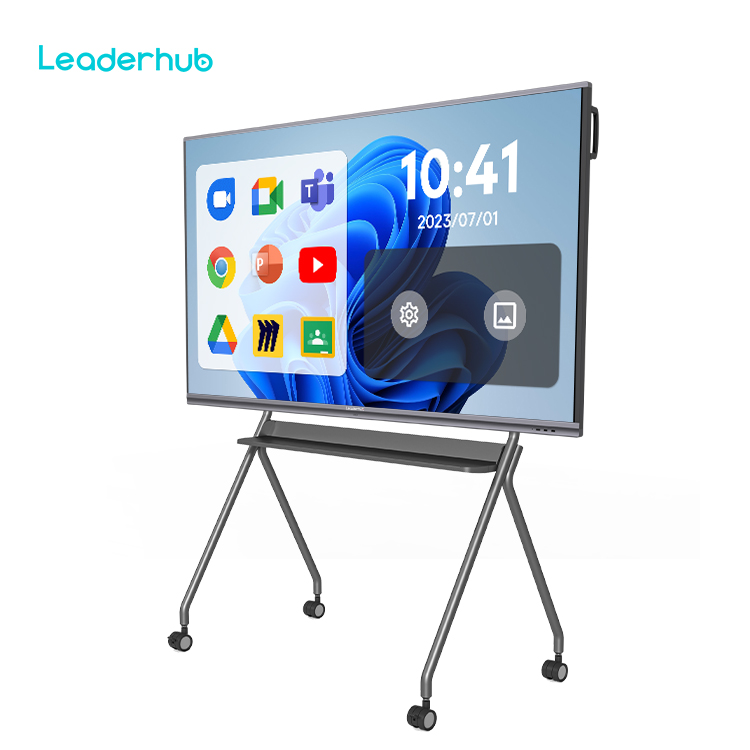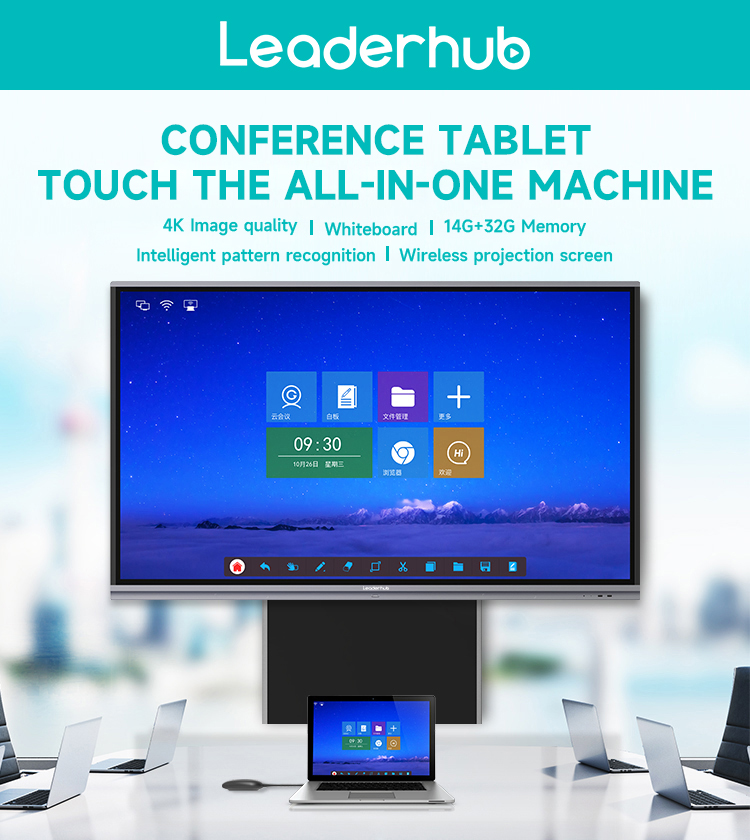Maintaining interactive whiteboards is crucial to ensure their longevity and optimal performance. Proper maintenance practices can help prevent issues such as screen damage, malfunctioning components, and reduced functionality. In this article, we'll explore the maintenance tasks required for interactive whiteboards and how they contribute to the overall upkeep of these essential tools.
1. Regular Cleaning:
Regular cleaning is essential to keep the surface of the interactive whiteboard free from dust, dirt, and smudges. Use a soft, lint-free cloth dampened with water or a mild cleaning solution to gently wipe the surface of the whiteboard. Avoid using abrasive cleaners or rough materials that could scratch or damage the surface. Pay particular attention to areas where fingerprints and marks are likely to accumulate, such as around the edges and in the corners.
2. Calibration:
Interactive whiteboards rely on precise calibration to accurately detect touch inputs and pen movements. Over time, the calibration of the whiteboard may drift, resulting in inaccurate or erratic behavior. It's essential to regularly calibrate the whiteboard according to the manufacturer's instructions to ensure consistent performance. Most interactive whiteboards come with built-in calibration tools or software that guides users through the calibration process.
3. Software Updates:
Keep the software and drivers for the interactive whiteboard up to date to ensure compatibility with operating systems and applications. Manufacturers frequently release updates to address bugs, improve performance, and add new features. Check for updates regularly and install them as needed to maintain optimal functionality and compatibility with other devices and software.
4. Inspecting Connections:
Periodically inspect the cables and connections of the interactive whiteboard to ensure they are secure and free from damage. Loose or damaged cables can cause connectivity issues, power fluctuations, and other problems that affect the performance of the whiteboard. If any cables are damaged or frayed, replace them promptly to prevent further damage and ensure reliable operation.
5. Protective Measures:
Take precautions to protect the interactive whiteboard from physical damage and environmental factors. Install the whiteboard in a suitable location away from direct sunlight, extreme temperatures, and moisture. Consider using a protective cover or screen protector to safeguard the surface of the whiteboard from scratches, dents, and other damage. Encourage users to handle the whiteboard with care and avoid using sharp objects or abrasive materials that could cause damage.


6. Battery Replacement:
If the interactive whiteboard includes battery-powered components such as a stylus or remote control, replace the batteries as needed to maintain functionality. Check the manufacturer's recommendations for battery replacement intervals and use high-quality batteries to ensure reliable performance. Dispose of old batteries properly according to local regulations.
7. User Training:
Provide training and guidance to users on proper usage and maintenance of the interactive whiteboard. Educate users on how to interact with the whiteboard safely, avoid accidental damage, and troubleshoot common issues. Encourage users to report any problems or issues with the whiteboard promptly so they can be addressed before they escalate.
8. Professional Inspection:
Schedule regular inspections and maintenance checks by qualified technicians or service providers to identify and address any potential issues proactively. Professional inspections can help detect hidden problems, optimize performance, and extend the lifespan of the interactive whiteboard. Consider investing in a maintenance contract or service agreement with the manufacturer or a certified service provider to ensure ongoing support and maintenance for the whiteboard.
In conclusion, maintaining interactive whiteboards requires a combination of regular cleaning, calibration, software updates, inspection of connections, protective measures, battery replacement, user training, and professional inspection. By following these maintenance practices diligently, users can ensure that their interactive whiteboards remain in optimal condition, providing reliable performance and longevity for years to come.

